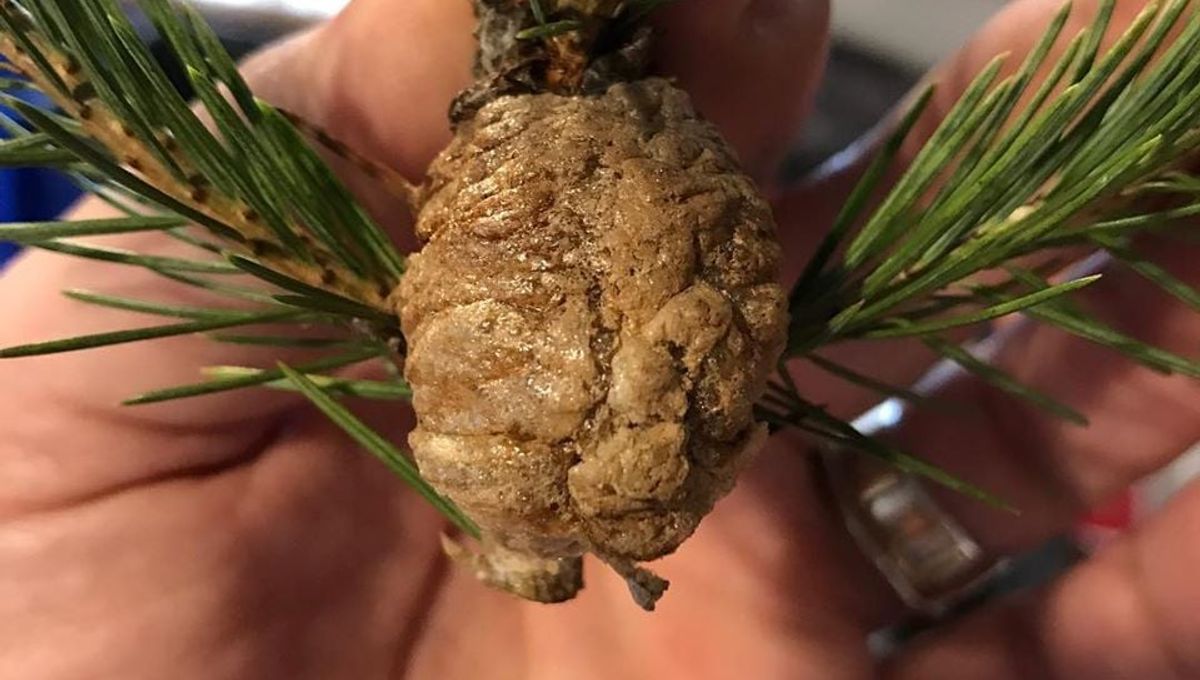
You may have come across a strange, walnut-sized growth on your Christmas tree at some point and either thought “is that a pine cone?”, before fetching more eggnog, or “what is that?”, before fetching more eggnog.
Well, we hate to be the bearers of bad news, but if you do find these growths it’s something you have to deal with ASAP. Because those are not pine cones, they are praying mantis egg sacks.
You don’t want to end up like Andrea Coward who, in 2018, had an unwelcome creepy crawly Christmas surprise. “That time our tree hatched a million friends,” Coward wrote in the caption of a now-viral TikTok about the incident. “Only a fake tree from now on.”
Depending on the species of mantis, the ootheca (egg sac) may contain anywhere from a few to hundreds of eggs.
When the egg sac hatches and the mantises emerge it’s a pretty awesome sight but, admittedly, not in the least bit “Christmassy”.
So, what do you do if you find these on your Christmas tree, and why?
Well, according to a warning from Officials in Erie County, Ohio, in 2019, you will need to clip the branch off as soon as you can and place it in a garden. However, this is not for your protection. The creatures are quite harmless to anyone other than their prey, which we – thankfully – are not.
Mantises are unlikely to pose any danger to humans, even with their rare, venom-less bites, and do not carry disease. But having them hatch indoors is a danger for insects.
“Once in your warm house, the baby praying mantis can hatch from its egg and will likely then starve,” University of Illinois researcher Chris Enroth told news outlet Kansas City. “Scout for mantis eggs before bringing the tree indoors. If you find one, cut off the branch it is attached to and place it in an evergreen outside.”
So if you see these growths on the tree, as the officials suggest, please do not leave them indoors to hatch.
An earlier version of this article was published in December 2022.
Source Link: Found These Growths On Your Christmas Tree? Do Not Bring It Indoors